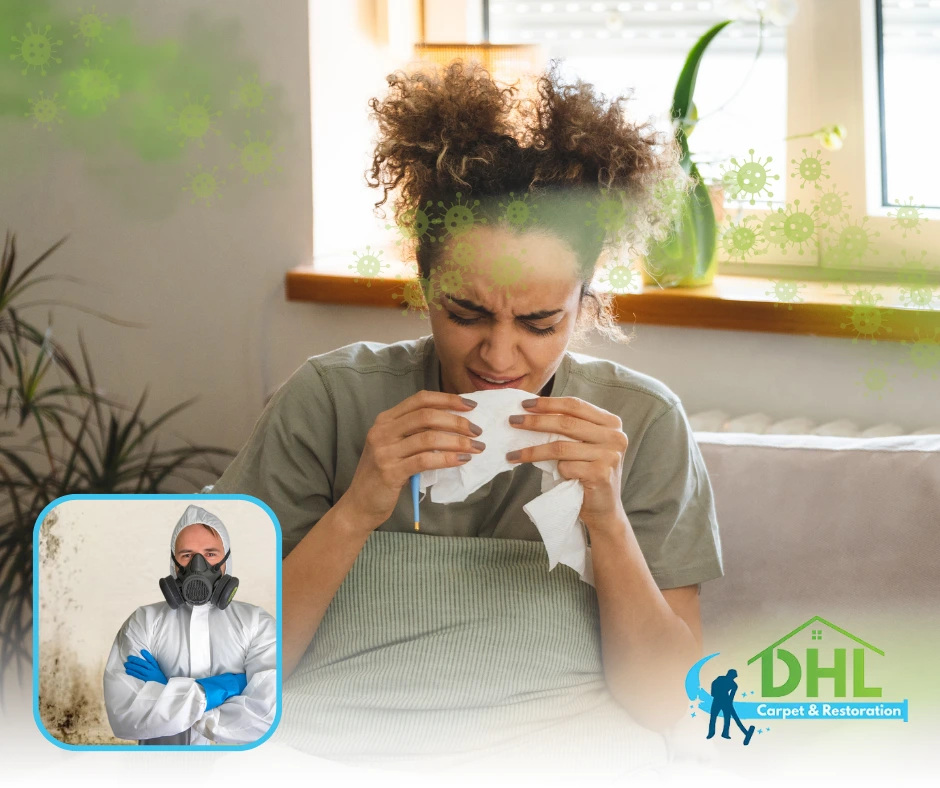Airborne mold spores invade indoor spaces silently, posing a hidden risk that endangers both health and property. These tiny particles float effortlessly through the air, settling on surfaces and triggering rapid fungal growth. Homeowners who act swiftly disrupt mold colonization. Active measures help you control moisture and improve ventilation. By understanding spore behavior, you can implement precise strategies that block their spread. An effective mold remediation process transforms reactive cleanups into proactive defenses.
Understanding Airborne Mold Spores
Airborne spores escape notice until they trigger visible mold growth. They circulate in every indoor environment, often entering through windows, doors, or ventilation systems. Warm, humid air accelerates their germination on surfaces like drywall and fabric. Observing spore behavior reveals patterns that inform preventive measures. You can tackle these challenges by reducing indoor humidity and sealing entry points. Professionals rely on regular inspections and immediate fixes to curb infestations. Each action you take protects your living space from the health hazards associated with mold spores.
By tracking moisture levels and temperature shifts, you gain insight into spore proliferation. Homeowners who monitor these conditions actively disrupt mold life cycles. Regular cleaning routines and prompt repairs lower the risk of long-term damage. This approach highlights the importance of active intervention when managing indoor air quality. Maintaining a dry environment forces airborne spores to remain inactive, thus limiting their ability to trigger mold growth.
Active Detection and Control
Active detection tools, such as humidity sensors and air quality monitors, help you identify hotspots where spores gather. You use these tools to pinpoint damp areas and address them without delay. Immediate repairs and consistent maintenance block the paths that spores use to spread. Regular upkeep with targeted treatments interrupts the cycle of growth. Homeowners who maintain vigilance transform potential hazards into manageable issues. Immediate actions, like wiping surfaces and ventilating rooms, cut off mold’s fuel before extensive colonies form. Each effort plays a critical role in creating a healthier indoor atmosphere.
Using eco-friendly cleaning agents further supports your efforts to maintain air quality. In spaces where moisture lingers, rapid drying methods and improved air circulation reduce spore survival. This proactive control not only prevents outbreaks but also empowers you to protect your family’s health. You reclaim indoor spaces by creating barriers that block mold growth.
Smart Strategies for Effective Mold Remediation
Adopting smart strategies simplifies the fight against airborne threats. You schedule regular inspections and repair leaks immediately to stop spore accumulation. An effective mold remediation process relies on consistent, targeted actions that keep spaces dry and clean. Experts recommend natural antifungal products alongside mechanical solutions like dehumidifiers and air purifiers. Such active measures ensure that mold remains a minor nuisance rather than a severe health risk. With each repair and maintenance check, you build a robust shield against future infestations. Embrace practical tactics that merge modern technology with traditional upkeep to maintain optimal indoor conditions.
Act now to safeguard your home against airborne mold spores. With strategic mold remediation and constant vigilance, you gain control over the invisible threat. Each decisive measure contributes to a healthier, safer indoor environment while keeping mold—and its spores—firmly at bay.
Learn more about mold remediation:
The Life Cycle of Mold: How Understanding Reproduction Helps in Mold Remediation

